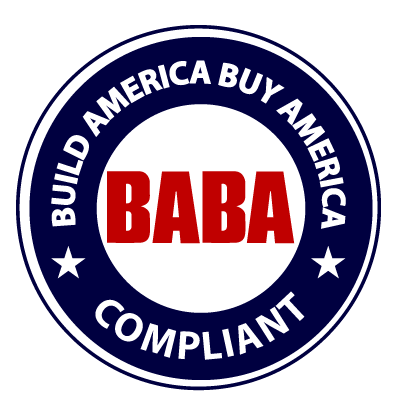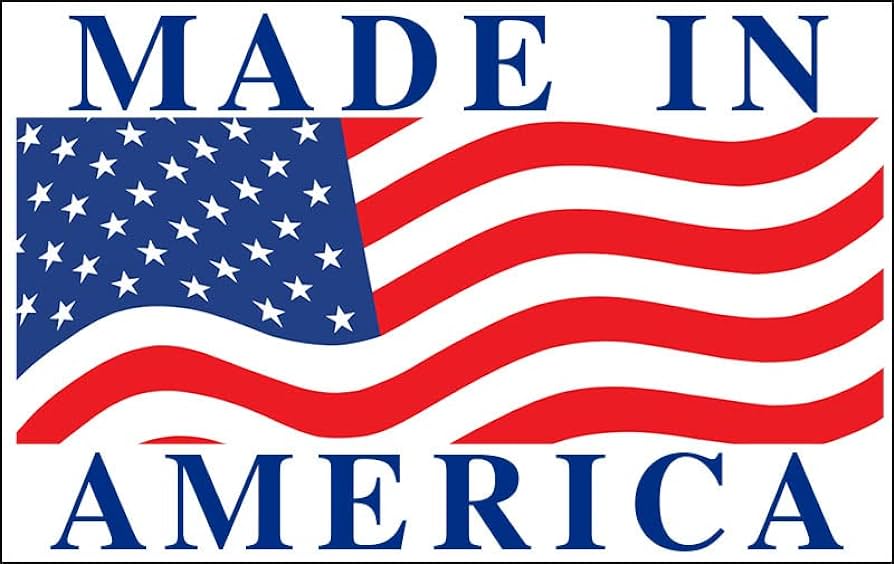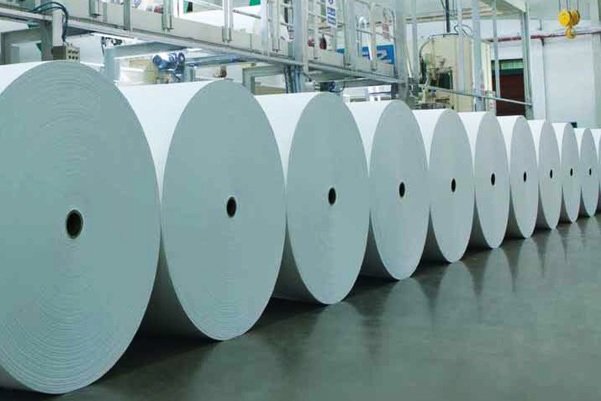Contact Us Today
PAPER AND PULP WASTEWATER TREATMENT
Paper and pulp mills produce significant amounts of wastewater, which contains harmful pollutants. To effectively deal with wastewater, paper and pulp companies must implement optimized treatment processes. SSI Aeration, Inc. provides the advanced aeration equipment and wastewater solutions necessary to create highly efficient systems.
Paper and Pulp Wastewater Treatment Applications
Wastewater treatment solutions decontaminate water produced during paper and pulp manufacturing. Effluent from paper and pulp mills contains large amounts of biochemical oxygen demand (BOD) pollutants and suspended solids such as resins, wood fibers, bleaching agents and chlorinated organic compounds. The right wastewater treatment system can remove these materials for improved wastewater quality.
Common applications of wastewater treatment in the paper and pulp industry include:
- Pulp.
- Wood.
- Bagasse.
- Hemp.
- Straw.
- Paper.
Wastewater Processes
There are two main pulping processes in paper production. Both types create considerable amounts of wastewater that require decontamination processes to meet environmental standards.
- Mechanical pulping: Pulp is produced by refining wood chips or grinding logs. No chemicals are used to separate the fibers.
- Chemical pulping: Pulp is produced by dissolving the lignin that binds cellulose fibers together. Two major chemical pulping processes include the sulfite and kraft processes. With kraft pulping, wood materials are treated with a mixture of sodium sulfide and sodium hydroxide in an alkaline process to remove lignin. With sulfite pulping, an acid bisulfite solution removes lignin.
Typically, wastewater generated from paper production first flows through a screen to filter out larger solids. The water then goes through an aeration diffuser, which forces air into the wastewater to biodegrade compound substances and smaller particles. Through this aeration process, pulp and paper companies increase water circulation and reduce water consumption.
SSI Aeration, Inc. has versatile solutions to meet the demands of paper wastewater treatment. Because paper and pulp mill wastewater treatment plants often have challenging operating environments, membrane failure is a major issue. SSI Aeration, Inc. offers advanced PTFE membranes that resist stretching and clogging for improved performance.
SSI Aeration, Inc. also provides complete aeration system solutions, including parts and retrievable units. With design and lab services, SSI Aeration, Inc. assesses back pressure, creep, fouling and other factors that affect a system to help determine which products best suit a paper or pulp mill’s needs.
Benefits of Working With SSI Aeration, Inc.
Working with SSI Aeration, Inc. allows paper manufacturers to create precise and efficient systems that are easier and cheaper to operate and maintain.
SSI Aeration, Inc. designs products with maximum airflow and durable parts to reduce downtime and increase productivity. Manufacturers also benefit from SSI Aeration, Inc.’s system installation services, which allow workers to focus on more crucial parts of the paper production process. Additionally, SSI Aeration, Inc. offers staff training services to help plant operators better understand the treatment system.
With comprehensive and cost-effective paper industry wastewater treatment solutions, SSI Aeration, Inc. is an exceptional partner. Request a quote or contact us today for more information.
Contact Us
Advantages and Disadvantages of MBBR Wastewater Treatment
Table Of Contents WHAT IS MBBR WASTEWATER TREATMENT? HOW DOES MBBR WASTEWATER TREATMENT WORK? ADVANTAGES OF MBBR WASTEWATER TREATMENT DISADVANTAGES OF MBBR WASTEWATER TREATMENT INDUSTRIES THAT WOULD BENEFIT […]
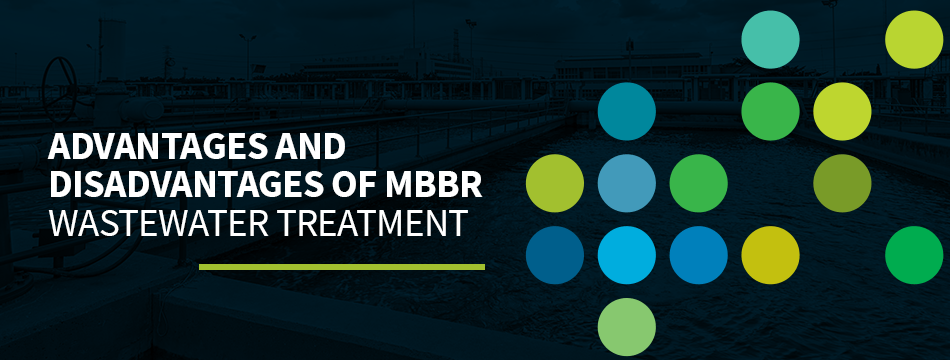
EPDM vs. PTFE Membranes
Table Of Contents What Are EPDM Membranes? What Are PTFE Membranes? Choosing the Right Membranes for Your Application Contact SSI Aeration for World-Class EPDM and PTFE Membranes Many wastewater […]
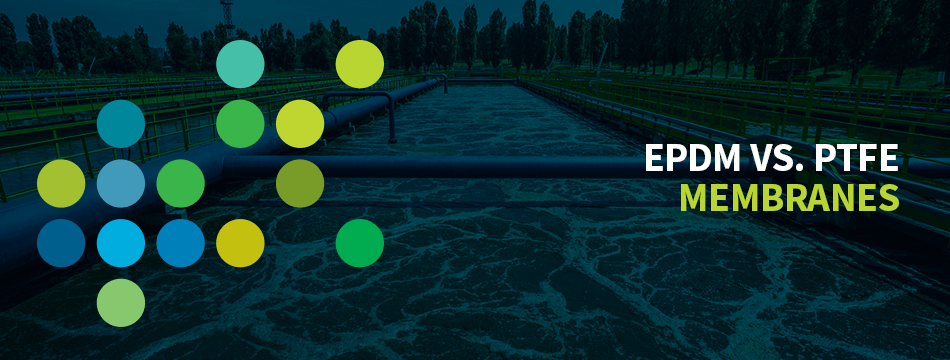
A Comparison Of 5 Wastewater Aeration Systems & Processes
Table Of Contents WHAT IS ASP AERATION? HOW DOES ASP WORK? PROS AND CONS OF ASP WHAT IS SBR AERATION? HOW DOES SBR WORK? PROS AND CONS OF […]

Disc Diffusers vs. Tube Diffusers
Table Of Contents WHAT IS THE DIFFERENCE BETWEEN DISC DIFFUSERS AND TUBE DIFFUSERS? Pros of Disc Diffusers Cons of Disc Diffusers Pros of Tube Diffusers Cons of Tube Diffusers […]


